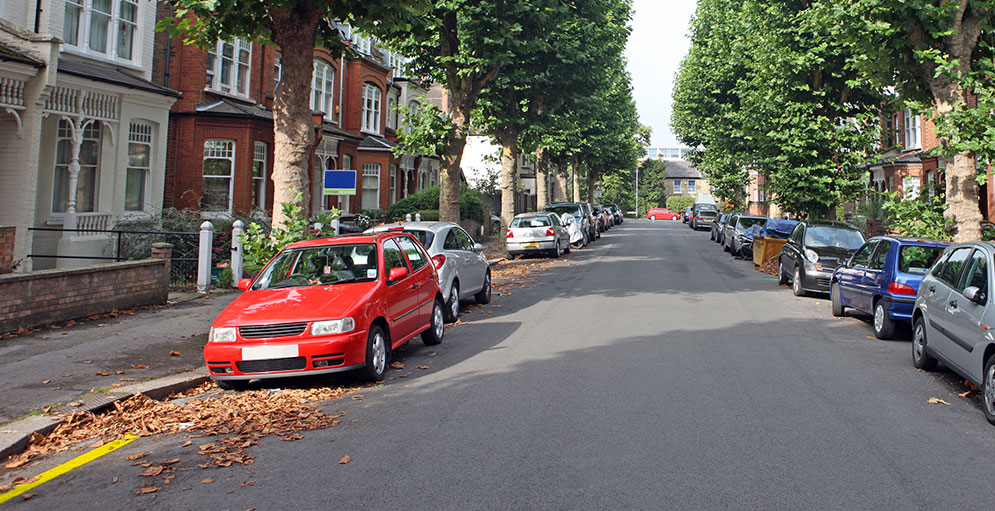What does a single yellow mean?
Single yellow lines are an important indication of parking restrictions, telling drivers not to wait or park at specific times of the day (indicated on nearby road signs). If you see a single yellow line on the road, you’ll want to check what the signs say before stopping or parking.
When can I park on a single yellow line?
You can only park on single yellow lines outside the restricted hours. The accompanying signs along the road will let you know when the restrictions apply. The timings are often different from one road to the next, there’s no standard rule, so have a look at what the signs say before waiting or parking on a single yellow.
What do the signs look like?
Near any yellow line there’ll be a standing sign, often on the pavement, telling you when you can and can’t stop there. They’re usually yellow signs telling you what time restrictions apply and include the “No Stopping” or “No Waiting” symbol (the blue circle with a red line running through it). If you can’t see any signs nearby, it’s safer to assume you can’t park or stop there.
What do the timings on the sign mean?
An example of the time restrictions displayed on the sign might be 8 am – 6 pm. This means you’re allowed to park on the yellow line outside of these times. You could leave your car on the yellow line after 6pm, as long as you moved it again in the morning before 8am
Am I allowed to stop briefly to drop off or pick up?
Pausing on a single yellow to let passengers in or out of your car is usually ok, unless signs say otherwise. This also applies to loading and unloading your car. Pay attention to signs and road markings, like the ones outside schools, that say things like “keep clear” or “no stopping.” These signs are a clear indication that you mustn’t wait, park, or stop to pick up or set down passengers - not even if you’re dropping the kids at school!
